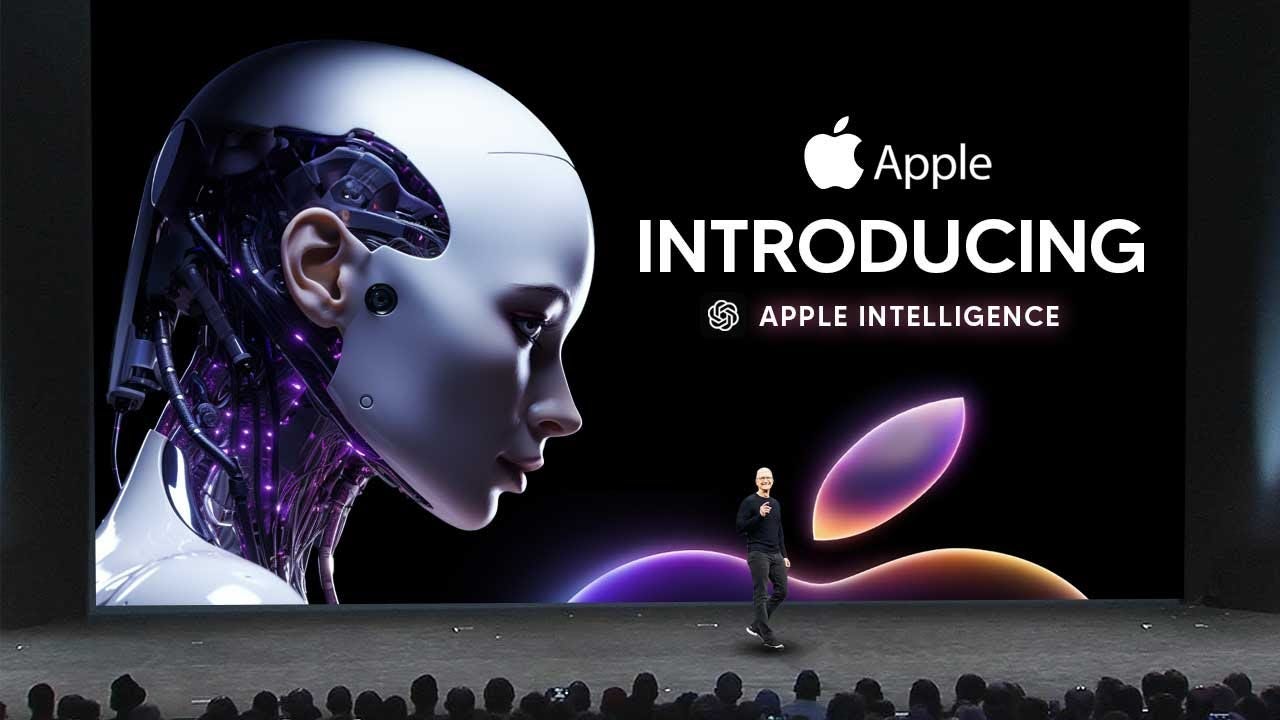Apple Addresses Apple Intelligence: What Microsoft Missed With Copilot
Home / Blogs / Apple Addresses Apple Intelligence: What Microsoft Missed With Copilot

The race to dominate artificial intelligence is getting heavy, and Apple just made its most recent move by making a strategic push into what it calls "Apple Intelligence." While Microsoft's Copilot has been highly publicized as an AI-powered productivity assistant, Apple's approach suggests something a little more subtle in integrating AI into its ecosystem. That, of course, begs the intriguing question: where has Apple done things differently, and where might Microsoft's Copilot fall short?
In this article, we will look to see how Apple Intelligence seeks a new set of user experiences, investigate choices of strategy implemented by Microsoft with Copilot, and identify the gaps sought by Apple with its unique philosophy.
Apple Intelligence: The Vision
Apple Intelligence describes how Apple sees its attempt to seamlessly embed AI into its hardware, software, and services. While Apple has been leveraging various AI technologies—from Siri and facial recognition to on-device processing—the company is now doubling down on driving personalization, privacy, and utility across its ecosystem.
Key Principles Behind Apple Intelligence
-
User-Centric Design:
For Apple, the strategy is more about augmenting the user experience than about touting AI for its own sake. In everything from better Siri responses to more intuitive app suggestions, AI becomes invisible yet impactful. -
On-Device Processing:
Apple reinforces privacy by processing AI functions directly on devices, rather than cloud servers, for faster performance and protection of sensitive user data. -
Ecosystem Integration:
Apple's tight integration of hardware and software gives it an unparalleled advantage. AI applications ranging from Apple Vision Pro to real-time language translation are examples of how Apple Intelligence enhances the user experience across multiple devices. -
Long-Term Focus:
Rather than rushing to market with AI tools, Apple aims to refine its offerings, ensuring they are reliable, user-friendly, and aligned with its brand values.
Microsoft's Copilot: Another Approach
Microsoft Copilot is positioned to make users more productive and creative, and this has been implemented in the form of an AI assistant in Microsoft 365 and GitHub. Its focal areas are text generation, code automation, and simplification of workflows. Where Copilot demonstrates the potential for generative AI, there are some challenges—areas wherein Apple's approach has been directed.
Strengths of Microsoft Copilot
-
Productivity-Oriented:
Copilot was designed to help users get their work done quicker, whether drafting emails in Outlook, summarizing documents in Word, or coding in GitHub. -
Early Entry to Market:
An aggressive rollout by Microsoft cements Copilot's position as an early leader in AI-driven productivity, putting generative AI tools at the fingertips of users. -
Integration with Popular Software:
Embedding Copilot into Microsoft's broadly used applications leverages an existing user base to ensure adoption at scale.
What Microsoft Might Have Overlooked
Where Copilot merits recognition for its efforts, its strategy reveals a few gaps:
-
Lack of Seamlessness:
Copilot often seems tacked on—more of an afterthought—rather than integrated into workflows. Users may need to learn new commands or navigate additional menus just to access certain features. -
Overreliance on Cloud Computing:
Copilot heavily depends on cloud servers, raising concerns about latency, data privacy, and dependency on internet connectivity. -
One-Size-Fits-All Approach:
Copilot’s features target a broad audience but lack deep personalization, limiting adaptability to individual user preferences. -
Privacy Concerns:
Generative AI tools like Copilot may require user data to be sent to the cloud for processing, discouraging privacy-conscious users.
What Apple Does Differently
Apple's philosophy of integrating AI into its ecosystem addresses many of the challenges posed by Microsoft Copilot. Here's how Apple stands out:
-
Invisible AI:
Apple's Intelligence works quietly in the background, enriching functionality without requiring user intervention. Features like on-device Siri upgrades or proactive app suggestions subtly enhance usability without disrupting workflows. -
Privacy-First AI:
Unlike Copilot, which processes data on the cloud, Apple’s on-device AI ensures user data stays private, building trust with privacy-conscious users. -
Customized Experiences:
Apple’s AI features are deeply intertwined with its ecosystem for highly personalized experiences. For instance, the Photos app uses AI to organize memories meaningfully, while Apple Watch provides health insights tailored to the wearer. -
Hardware-Software Synergy:
Controlling both hardware and software allows Apple to fine-tune AI performance for real-time language translation and augmented reality with minimal latency. -
Long-Term Reliability:
Apple prioritizes quality over speed when releasing AI features, refining them to avoid glitches or inconsistencies that might frustrate users.
The Broader Implications
Apple's foray into Apple Intelligence underlines a key point in the AI race: it’s not just about building powerful tools, but about implementing them well. While Microsoft Copilot focuses on productivity and quick wins, Apple prioritizes long-term trust, privacy, and ecosystem value.
As AI continues to transform how we interact with technology, these divergent strategies may define the future of the industry. Companies that emphasize seamless integration, personalization, and privacy may set the standard for how AI becomes part of everyday life.
Conclusion
Apple Intelligence and Microsoft Copilot represent two distinct approaches to the AI revolution. While Copilot excels in productivity-focused tasks, it often lacks personalization and seamless integration. Apple's approach—rooted in privacy and ecosystem synergy—reflects its commitment to meaningful user experiences.
As these tech giants innovate, one question remains: will users favor the immediacy of tools like Copilot or the subtle intelligence Apple offers? Only time will tell, but one thing is certain—the future of AI will hinge on how well it adapts to user needs.